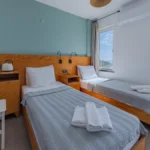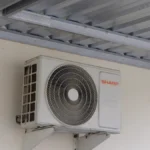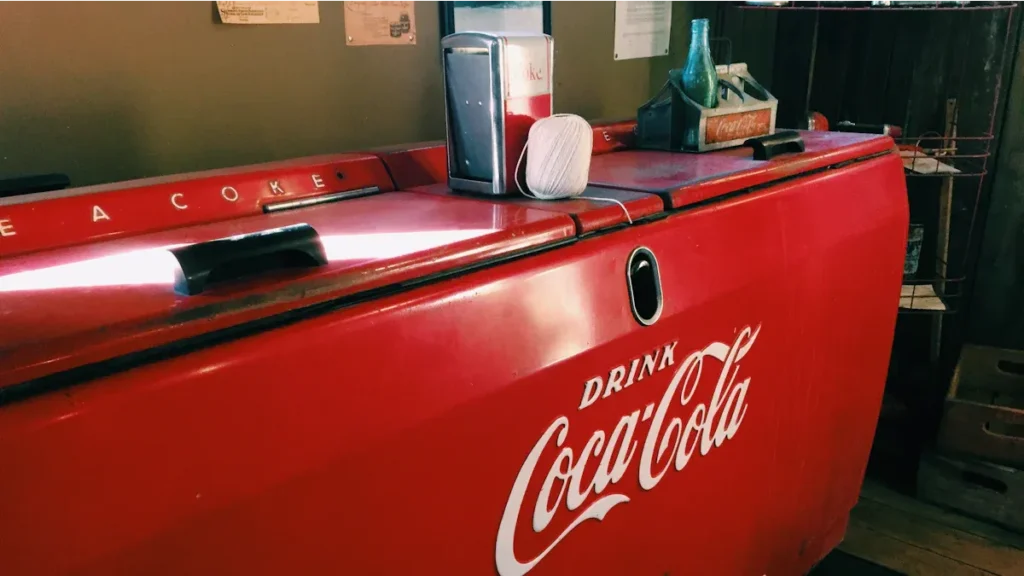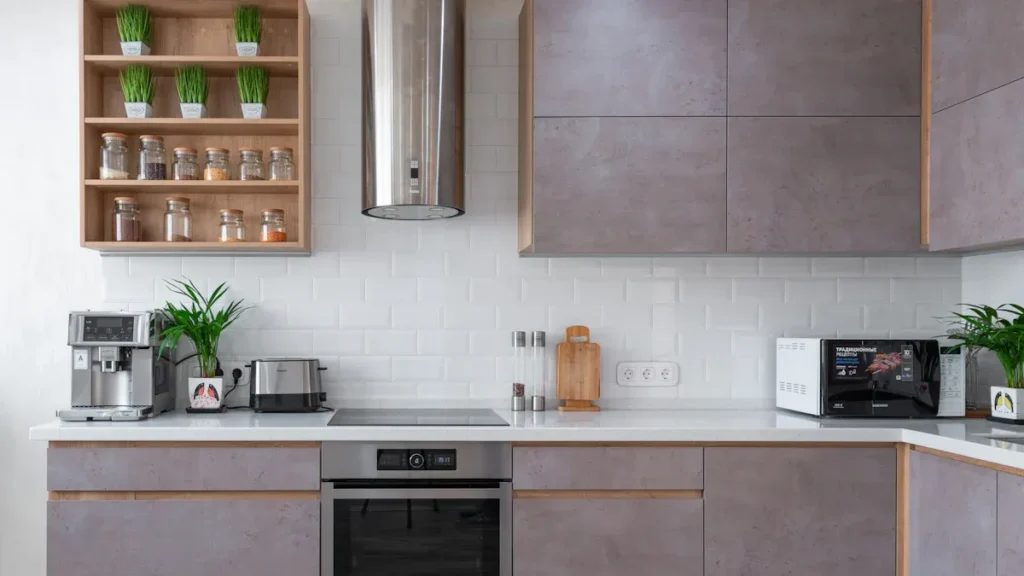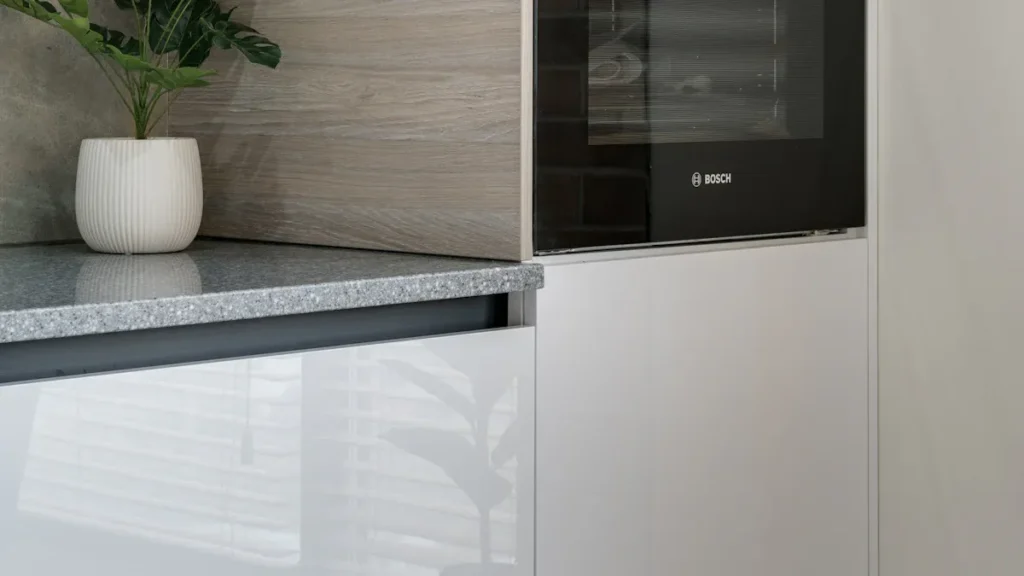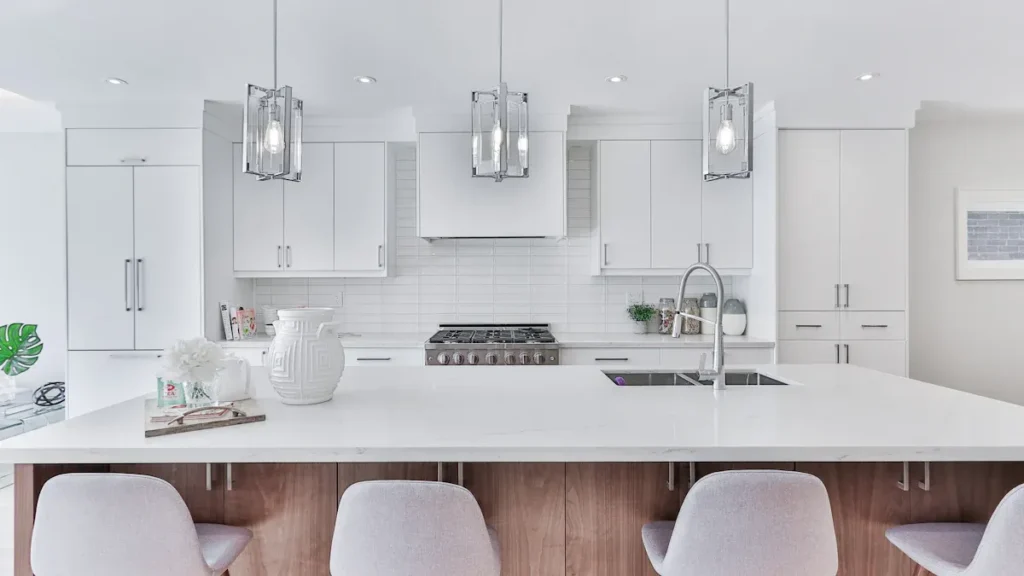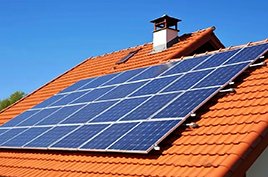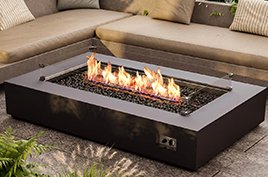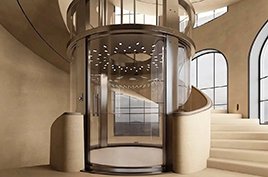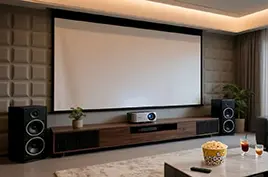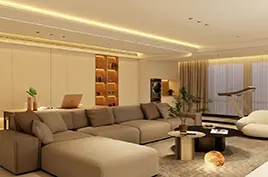Are you trying to find the best air conditioner for your home? The right choice depends on your room size, how much money you want to spend, and how cool you want your space. There are many choices, like central air, ductless mini-split, window units, portable models, floor-mounted systems, smart ACs, geothermal systems, and hybrid units. Each type has its own features. Knowing the Types of Air Conditioner helps you choose the best one. Are you ready to see which one is good for you?
Key Takeaways
Pick the best air conditioner for your room size, money, and how cool you want it. Central air is good for big houses. Window units are better for small rooms. Ductless mini-splits use less energy. They let you control each room’s temperature. Smart ACs are easy to use with a remote. They help save energy too. Think about how much care and setup will cost when you choose an air conditioner.
Types of Air Conditioner
Central Air
Central air cools your whole house. It sends cool air through ducts. Every room gets the same temperature. The air handler sits in one spot. Fans push air through the ducts.
Central air is good for big homes.
You can heat or cool many rooms at once.
Fans help spread air everywhere.
Most systems use CAV or VAV for better control.
💡 Most people pay about $7,000 to put in central air for a 2,000-square-foot house. The cost is usually between $5,000 and $12,000.
Ductless Mini-Split
Ductless mini-splits give you cooling without ducts. They fit almost anywhere. These are great for new rooms or old houses.
You can put them in rooms that need more cooling.
Mini-splits stop energy loss from leaky ducts.
They run quietly, so you hardly hear them.
Filters clean the air and catch dust.
You set the temperature for each room.
Ductless mini-splits save more energy than central air. They cool only the rooms you use. This means lower bills. They often have higher SEER ratings, which show better energy use.
Window Unit
Window units are easy and popular. You put them in a window and plug them in.
Here are some models and where they work best:
Model | Unique Features | Best Environments |
|---|---|---|
Midea U-Shaped MAW08V1QW | WiFi control, easy mode changes | Smart home integration |
LG Smart LW1022FVSM | Remote control, smart capabilities | Rooms needing remote access |
Frigidaire FHWC084WB1 | Child lock system, air direction | Family homes with children |
Black+Decker BD08WT6 | Timer via remote, effective controls | Limited window access |
Midea EasyCool MAW05M1BWT | Simple controls, effective cooling | Budget-conscious users |
Window units work best in small rooms or apartments. You can find models for tech lovers or people who want simple cooling.
Prices go from $150 to $1,500, so there is one for almost any budget.
Portable Unit
Portable air conditioners move with you. You roll them to different rooms and vent them out a window.
Single-hose models cool small spaces up to 400-500 sq ft. They work best where air does not leak much.
Dual-hose models cool bigger rooms faster, especially in hot places.
Evaporative coolers use water instead of refrigerant and work best in dry areas.
Room Size (sq ft) | |
|---|---|
8,000–10,000 | Up to 300 |
12,000–14,000 | 300–500 |
Over 14,000 | Large rooms or open spaces |
Portable units are good if you rent or do not want to install something permanent.
Floor-Mounted
Floor-mounted air conditioners sit on the ground. They plug into a window for venting.
Feature/Scenario | Description |
|---|---|
Mobility | Move easily between rooms |
Ideal for Small Spaces | Perfect for apartments or single rooms |
Humidity Control | Good for hot spots or high humidity |
Cost-Effective | Cheaper than central or ductless for one room |
Ease of Installation | Simple setup, just needs a window |
Less Energy Efficient | Higher energy costs than other types |
Limited Cooling Capacity | Best for small to medium spaces |
Space Requirements | Can be bulky, needs window access |
Pick this type if you want fast setup and do not mind extra bulk.
Hybrid/Dual Fuel
Hybrid or dual fuel systems use a heat pump and furnace. They switch between electric and gas, depending on the weather.
Advantage | Description |
|---|---|
Energy efficiency | Uses heat pump in mild weather to save energy |
Cost savings | Cuts heating and cooling costs over time |
Consistent comfort | Keeps indoor temperature steady |
Environmental impact | Uses less fossil fuel, better for the planet |
Versatility | Works in places with cold winters and hot summers |
Pick this if you want lower bills and steady comfort all year.
Smart AC
Smart air conditioners connect to your phone or smart home. You control them from anywhere.
Automated systems save energy and lower costs.
You set custom temperatures for each room.
Remote access lets you change settings anytime.
Maintenance alerts remind you to change filters.
Smart ACs can save you up to 15% on cooling bills. You get comfort, control, and peace of mind.
Geothermal
Geothermal air conditioners use the earth’s temperature to cool your home.
These systems use underground pipes to move heat in and out.
You get lower energy bills because geothermal uses 34% less energy than regular AC.
The Department of Energy says you can save 20–50% on energy compared to standard HVAC.
Geothermal works best if you want long-term savings and care about the environment.
Evaporative Cooler
Evaporative coolers use water to cool air.
They work best in dry places like the southwestern USA.
You need a steady water supply.
They do not cool as much as regular AC, but they use less energy.
⚠️ Evaporative coolers do not work well in humid places. High humidity can cause mold and dust mites, making things uncomfortable.
Through-the-Wall
Through-the-wall air conditioners fit into a hole in your wall, not a window.
Pick an outside wall with no wires or pipes.
Use a stud finder to find supports.
Cut a hole for the AC sleeve.
Frame the opening for support.
Slide in the AC and seal the edges.
These units save window space and use less energy than window units.
You get better cooling and less noise.
They work well in apartments or rooms where you want a permanent solution.
There are many Types of Air Conditioner to pick from. Each one fits different needs, spaces, and budgets. Picking the right type helps you stay comfortable and save money.
Pros & Cons
Central Air
Pros:
You get even cooling in every room.
Service and parts are easy to find.
Only vents show, so your rooms look neat.
You can add zoning for better control.
Professional installation boosts efficiency.
Regular check-ups help you avoid big repairs.
Cons:
You need a lot of ductwork, which can cost a lot and take up space.
Ducts can leak, wasting 20-30% of energy.
The system cools the whole house, even empty rooms.
Maintenance for ducts and parts takes time.
Upfront costs are higher than other Types of Air Conditioner.
Tip: A well-installed system saves money and lasts longer with routine care.
Ductless Mini-Split
Pros:
You skip the hassle of ducts.
Installation is quick and simple.
You control the temperature in each room.
These systems use less energy, so you save on bills.
Cons:
The indoor units show on your walls.
You pay more at first than for window or portable units.
You need a pro to install them.
Window Unit
Pros:
You can install it yourself.
It costs less than most other Types of Air Conditioner.
Great for small rooms or apartments.
Cons:
These units can get noisy, which bothers light sleepers.
They use more electricity, so your bills may go up.
They block your window and let in less light.
Portable Unit
Pros:
You can move it from room to room.
No need for permanent installation.
Good for renters or temporary spaces.
Cons:
You must clean filters and drain water often.
Cooling power is lower than other options.
The unit can take up floor space.
Remember: Clean the filter every two weeks and drain water to keep your portable AC running well.
Floor-Mounted
Pros:
You get easy setup and can move it if needed.
It works well in small spaces.
Cons:
It can be bulky and needs window access.
Not as energy efficient as other Types of Air Conditioner.
Best for one room only.
Hybrid/Dual Fuel
Pros | Cons |
|---|---|
Uses less fossil fuel and cuts pollution | Costs more to install |
Saves money over time | Needs more maintenance |
Works well in all seasons | Gas furnace can still impact the environment |
Hybrid systems help the planet by using less energy and lowering emissions.
Smart AC
Pros:
You control it from your phone or smart home.
It can save energy with custom settings.
You get alerts for filter changes.
Cons:
Sometimes Wi-Fi drops or the thermostat does not respond.
Uneven cooling or dirty filters can cause problems.
You may see higher bills if you do not set it up right.
Geothermal
Pros:
You save a lot on energy bills over time.
The system lasts over 50 years with little maintenance.
It is good for the environment.
Cons:
You pay more upfront than for other Types of Air Conditioner.
You need space for underground pipes.
Geothermal systems cost more at first, but you save money in the long run.
Evaporative Cooler
Pros:
Uses less energy than regular AC.
Adds moisture to dry air.
Simple to use and maintain.
Cons:
Does not work well in humid places.
Cooling power drops when the air is wet.
Through-the-Wall
Model Example | Noise Level (dB) | Energy Efficiency (EER) |
|---|---|---|
LG Dual Inverter | As low as 44 | High EER and SEER |
Emerson Quiet Kool | 52 | 11.9 |
Keystone KSTAT12-1C | 55 | 10.5 |
Pros:
Saves window space and gives steady cooling.
Quieter than window units.
Good energy efficiency.
Cons:
Needs a hole in your wall.
Not easy to move once installed.
Choosing an AC
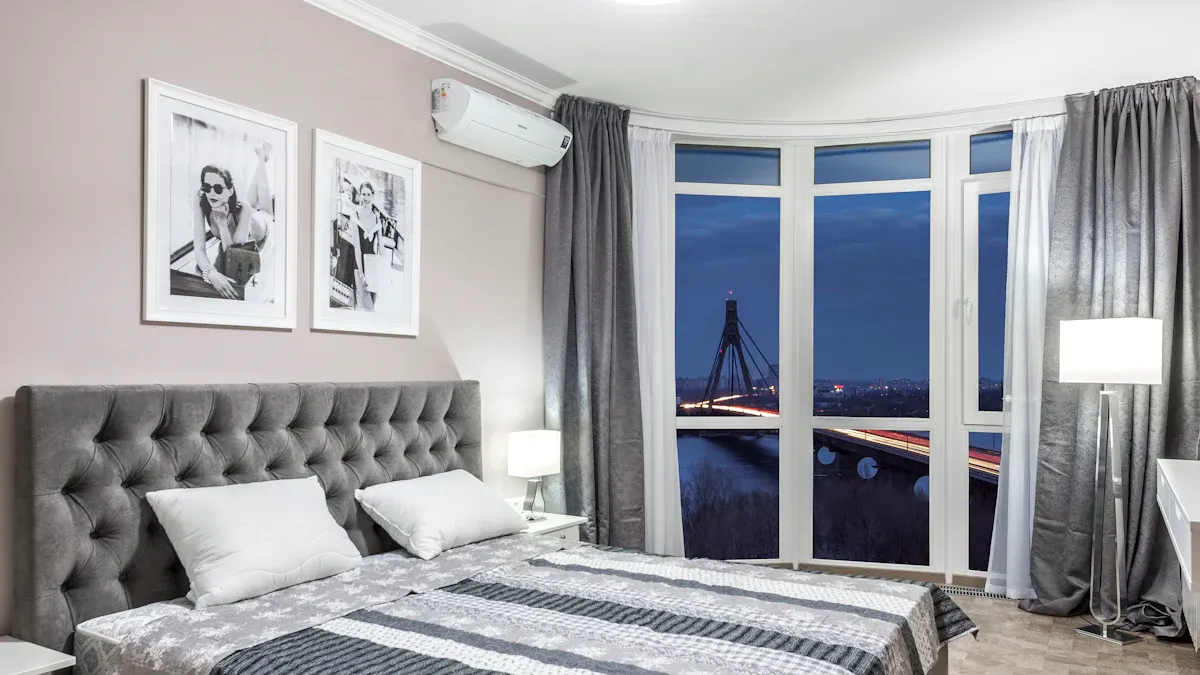
Budget
You want to stay cool without breaking the bank. Start by looking at the price for each type, including installation. Some air conditioners cost much more than others. Here’s a quick table to help you compare:
Type | Cost Including Installation |
|---|---|
Central air conditioning unit | |
Ductless mini split | $2,000 – $10,500 |
Geothermal | $12,000 – $45,000 |
Window units and portable models usually cost less. If you have a tight budget, these might work best for you. Bigger systems like central air or geothermal need more money upfront.
Tip: Always check for rebates or discounts in your area. You might save hundreds!
Energy Use
Saving energy helps your wallet and the planet. Some Types of Air Conditioner use less electricity. Energy Star rates central air and ductless systems as top choices for efficiency. Look for high SEER or EER ratings when you shop.
Air Conditioner Type | Energy Efficiency Rating (SEER/EER) |
|---|---|
Central Air Conditioner | Higher SEER and EER ratings |
Ducted or Ductless Systems | Energy-efficient and environmentally friendly |
The Most Efficient 2025 category highlights the best models for saving energy.
Space Needs
Think about where you want to put your AC. Small rooms work well with window or portable units. Large homes need central air or ductless mini-splits. Through-the-wall units save window space and fit in apartments. Geothermal systems need outdoor space for underground pipes.
Note: Measure your room before you buy. You want the right size for the best cooling.
Maintenance
You want an air conditioner that’s easy to care for. Portable and window units need regular filter cleaning. Central air and geothermal systems need yearly check-ups from a pro. Ductless mini-splits have filters you can clean yourself. Smart ACs send alerts when it’s time for maintenance.
If you want less work, pick a system with simple upkeep.
Cooling Power
Cooling power matters most on hot days. Air conditioners come in different sizes, measured in BTUs. Here’s a chart showing common sizes:
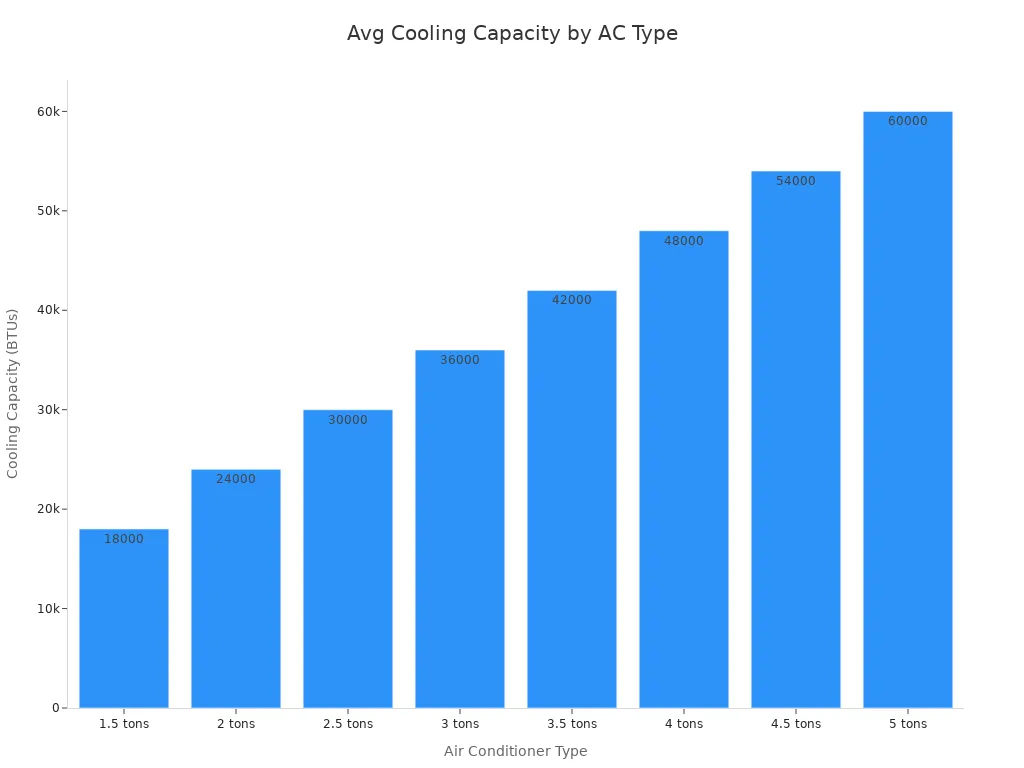
Most homes use units from 18,000 to 60,000 BTUs. Pick a size that matches your space. Too small, and you stay sweaty. Too big, and you waste energy.
Remember: The right Types of Air Conditioner depends on your budget, space, and how much cooling you need. Take your time and choose what fits your life.
Comparison Table
Trying to pick the right air conditioner? You might feel overwhelmed by all the choices. Don’t worry! This quick table helps you see the main differences at a glance. You can spot what matters most for your home, budget, and comfort.
Type | Cost 💰 | Energy Efficiency ⚡ | Space Needed 📏 | Installation 🛠️ | Maintenance 🧰 | Best For 🏠 |
|---|---|---|---|---|---|---|
Central Air | $$$$ | High | Whole house | Pro required | Yearly check | Large homes |
Ductless Mini-Split | $$$ | Very High | Room/zone | Pro required | Easy | Add-ons, old homes |
Window Unit | $ | Medium | Small room | DIY | Easy | Apartments, bedrooms |
Portable Unit | $ | Low-Medium | Small room | DIY | Frequent | Renters, temp spaces |
Floor-Mounted | $$ | Medium | Small/med room | DIY | Easy | Small spaces, quick setup |
Hybrid/Dual Fuel | $$$$ | Very High | Whole house | Pro required | Moderate | All climates |
Smart AC | $$-$$$ | High | Room/zone | DIY/Pro | Easy | Tech lovers, busy people |
Geothermal | $$$$$ | Super High | Large/outdoor | Pro required | Low | Eco-friendly, long-term |
Evaporative Cooler | $ | High (dry only) | Small/med room | DIY | Easy | Dry climates |
Through-the-Wall | $$ | High | Small/med room | Pro/DIY | Easy | Permanent, save windows |
📝 Tip:
Look for the symbols. More dollar signs mean higher cost. More lightning bolts mean better energy savings. Think about your space and how much work you want to do.
You can use this table to narrow down your options. Maybe you want something cheap and easy. Maybe you want the best energy savings. If you have a big house, central air or geothermal might work best. If you rent or move a lot, try a portable or window unit. For tech fans, smart ACs give you control from your phone.
Still not sure? Go back to your top needs. Pick the type that matches your lifestyle. This table makes it easy to compare and choose.
You have lots of choices when it comes to air conditioners. Think about your space, budget, and how much cooling you want. Use the comparison table to see what fits your life best. If you still feel unsure, talk to a local expert or check out reviews for top models.
Remember: The right AC keeps you cool and saves you money. Make your choice with confidence!
FAQ
What size air conditioner do I need for my room?
You want the right size for good cooling. Measure your room in square feet. Most bedrooms need 5,000–8,000 BTUs. Living rooms often need 10,000–14,000 BTUs. Bigger spaces need more power.
Can I install an air conditioner myself?
You can install window and portable units yourself. Ductless mini-splits and central air need a pro. Always read the manual before you start. Safety comes first!
How often should I clean my AC filter?
Clean your filter every two weeks if you use your AC a lot. A clean filter helps your unit run better and keeps your air fresh. Set a reminder on your phone!
Which air conditioner saves the most energy?
Geothermal and ductless mini-split systems save the most energy. Smart ACs also help you cut costs with custom settings. Look for Energy Star labels for top efficiency.
💡 Tip: High SEER ratings mean better energy savings!

